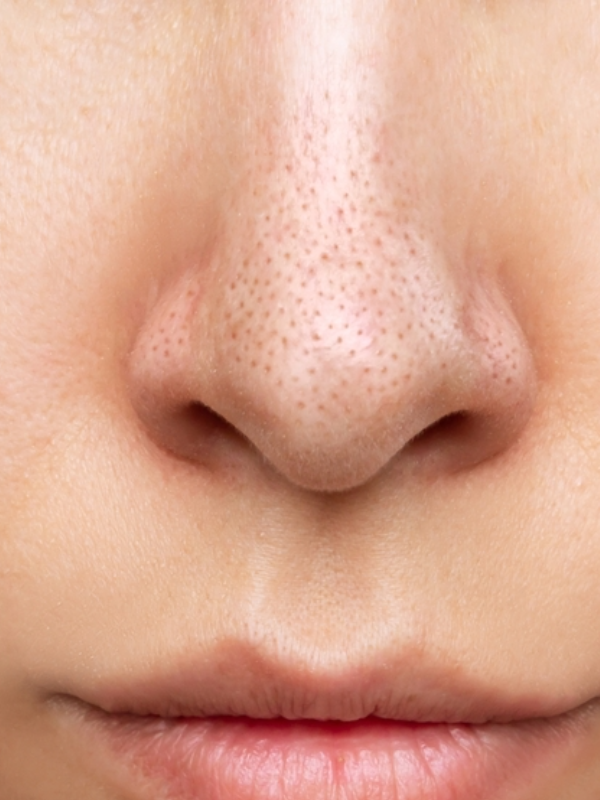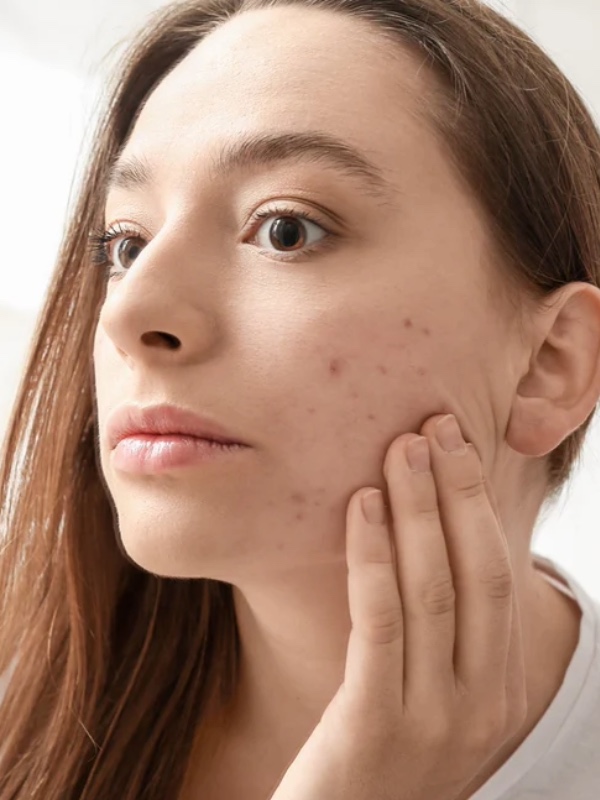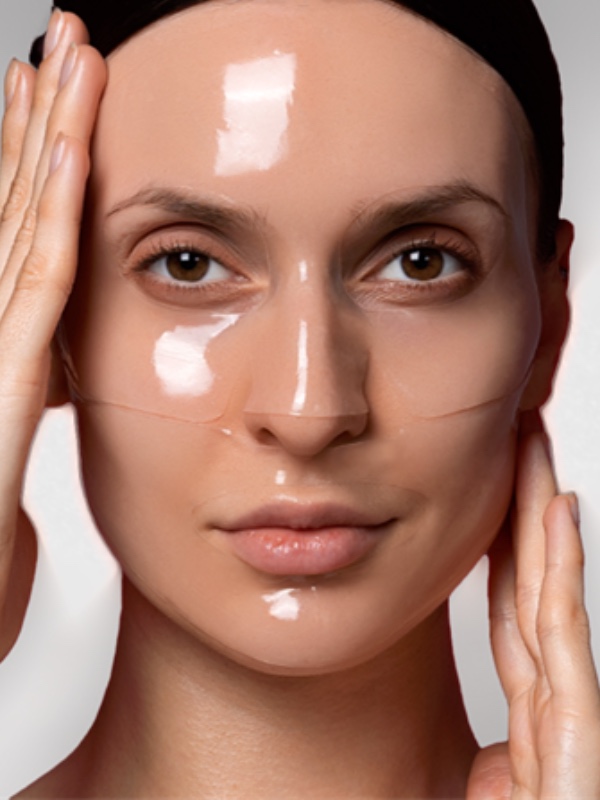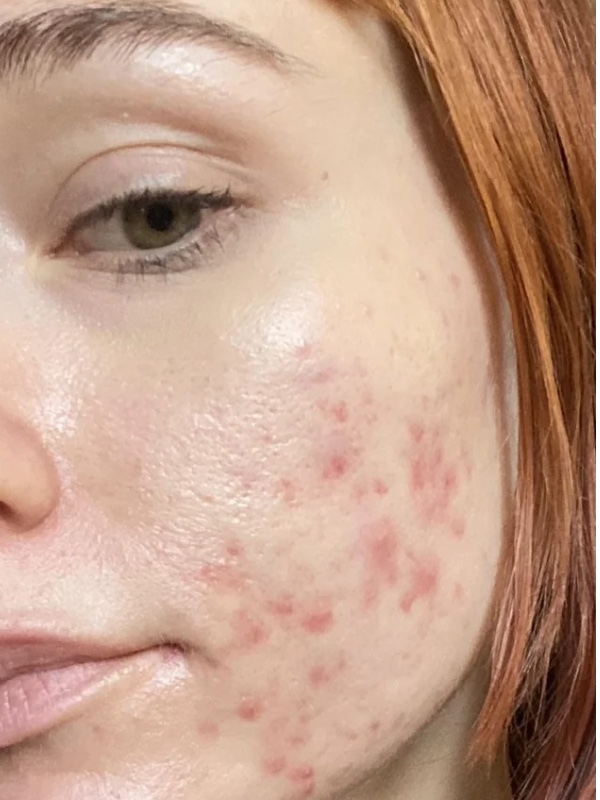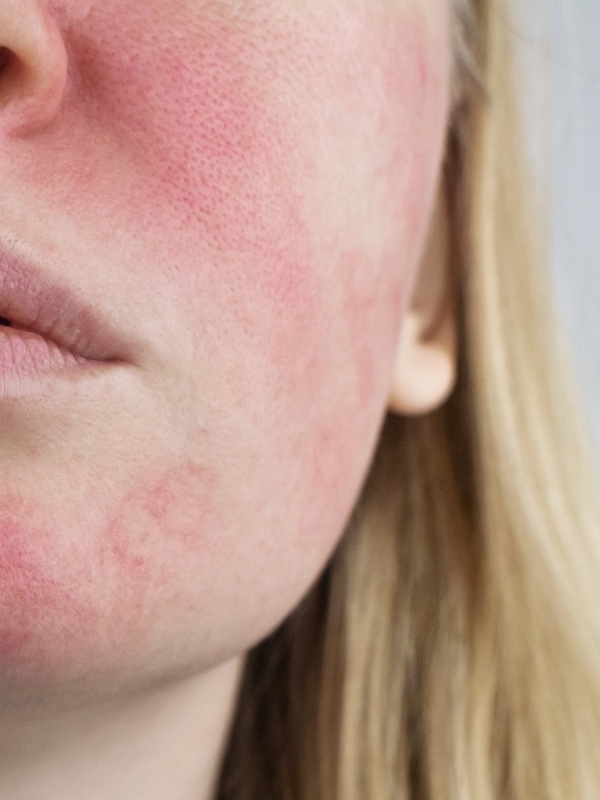What Are Blackheads?
Blackheads, medically known as open comedones, are a type of non-inflammatory acne lesion. They form when a hair follicle (pore) becomes blocked with a combination of sebum (oil), dead skin cells, and environmental debris.
When this mixture is exposed to air, it oxidises — turning the surface dark in colour, which is why blackheads appear “black.” Despite popular belief, it’s not dirt trapped in your pores; it’s oxidised oil and keratin.
The nose, forehead, and chin (often called the T-zone) are particularly prone to blackheads due to the high concentration of sebaceous glands in these areas.
Why the Nose Is a Blackhead Hotspot
The skin on the nose is rich in oil glands, which makes it naturally more prone to congestion. This is a normal part of skin physiology — not necessarily a sign of poor hygiene.
However, several factors can exacerbate blackhead formation:
- Overproduction of oil due to hormonal fluctuations or dehydration
- Using heavy, comedogenic skincare or makeup
- Inadequate cleansing
- Over-exfoliating, which triggers more oil production
- Environmental pollution and build-up of oxidised oils
Interestingly, those visible tiny “dots” on the nose that people often confuse with blackheads are sometimes sebaceous filaments — a natural part of the skin’s oil regulation process. Unlike blackheads, sebaceous filaments are uniform in size and colour and don’t need extraction.
The Correct Way to Treat Blackheads
A targeted and science-based approach delivers the best long-term results:
1. Proper Cleansing Routine
A gentle, pH-balanced cleanser used morning and evening helps to remove excess oil and surface debris. Avoid harsh cleansers that strip the skin, as these often lead to rebound oil production.
2. Regular Exfoliation
Chemical exfoliants like salicylic acid (a beta-hydroxy acid) are particularly effective because they penetrate into the pores, dissolving sebum and dead skin build-up from within.
In contrast, physical scrubs can cause microtears and worsen sensitivity, especially on the nose area.
3. Professional Extractions
Performed in a clinic by a qualified skin specialist, extractions can safely remove blackheads without damaging the pore or surrounding tissue. Proper lighting, sterile tools, and post-extraction care ensure clean, refined results.
4. Hydration and Barrier Repair
Hydrated skin functions better and produces less excess oil. Lightweight, non-comedogenic moisturisers help maintain balance while protecting against environmental stressors.
5. Regular Facial Treatments
Clinical treatments such our deep-cleansing facial help to regulate sebum, refine pores, and improve overall skin clarity. At Skinportant Clinic, we tailor each facial to your unique skin condition rather than applying a one-size-fits-all approach.
Prevention Is Key
Once blackheads are cleared, maintaining results is about prevention — not aggressive treatment.
Simple daily habits can make all the difference:
- Remove makeup thoroughly every night
- Exfoliate gently 1–2 times per week
- Avoid touching your face throughout the day
- Keep pillowcases and makeup brushes clean
- Stay hydrated and use SPF daily
Consistency is the foundation of clear, refined skin.
Conclusion
Blackheads are a normal part of how the skin functions, but when they become stubborn or widespread, they require a thoughtful, science-backed approach.
At Skinportant Clinic, we believe that every skin concern has a root cause, and understanding that cause is key to achieving lasting results. Through professional guidance, correct homecare, and gentle maintenance treatments, clear and refined skin is absolutely achievable — no pore strips required.
